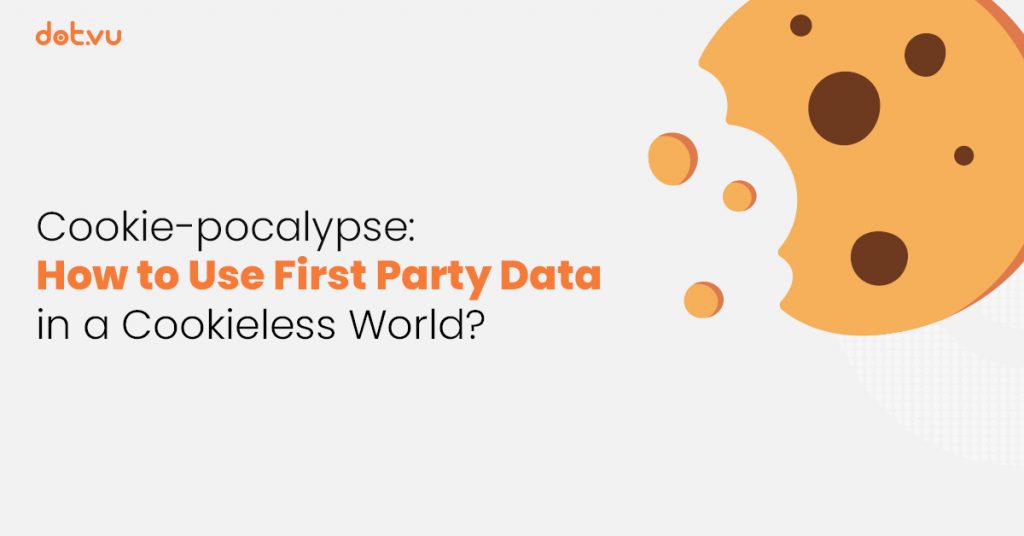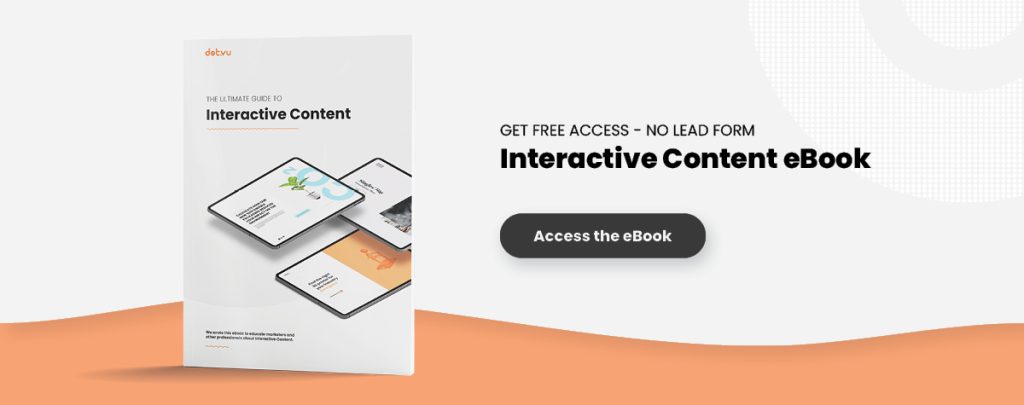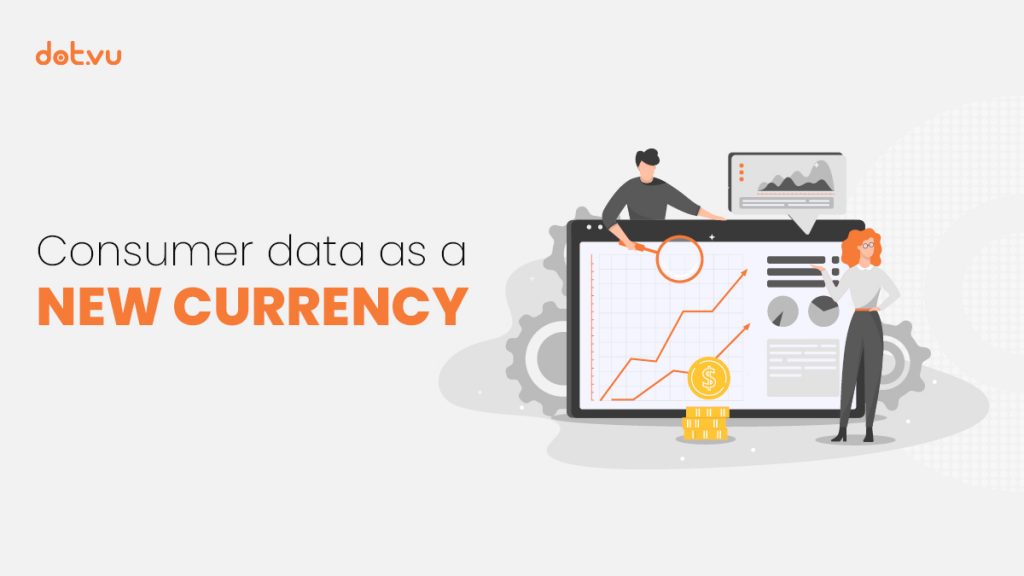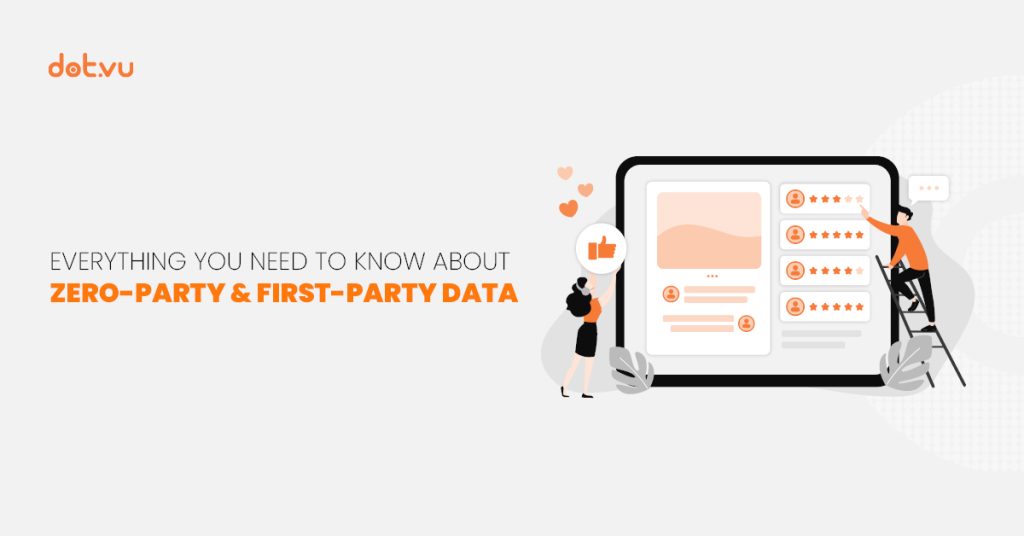
Essentially, marketing is about delivering solutions to an audience that might benefit from them. But what is the best way to achieve this, especially in a cookieless world?
Let’s start with the basics. The answer to this question seems at first quite simple: Data collection. Gathering data on for instance the behavior of customers is a robust method to segment and target the right audiences. Especially, behavioral data can help you focus on individual patterns of engagement, showing your customers’ needs and specific interests. Also, leveraging customer data can help outperform competitors by 85% in sales growth and more than 25% in gross margins. Historically, marketers recognized data as an essential commodity and its numerous benefits. Benefits are for instance that you can identify your target audience and measure the success of your campaigns.
However, data collection also has some significant drawbacks, especially for the privacy of customers. Therefore, to regulate how companies can track customer data was to implement the General Data Protection Regulation (GDPR) in 2018. With the introduction of GDPR, the rules of how and when to collect customer data changed significantly.
In turn, many companies started using third-party data and introducing cookies. Third-party data is “collected by one party and sold or shared with an unrelated third-party”. Cookies are small pieces of data sent by a website, stored by the customer’s browser. Moreover, they can be used to collect long-term records of your customers’ browsing history. Also, cookies can help you build individual profiles for each customer. Thus, in addition to GDPR, many tech giants, such as Google, Apple, and Mozilla, decided to block third-party cookies.

Why is Third-Party Data Being Phased Out?
The main reasons for the end of third-party data are major security and privacy issues. In February 2020, the tech company Google published a blog post, announcing the phaseout of third-party cookies. According to Google “users are demanding greater privacy – including transparency, choice, and control over how their data is used – and it’s clear the web ecosystem needs to evolve to meet these increasing demands”.
Even before Google, Apple and Mozilla had already phased out third-party cookies from their browsers. Thus, Google phasing out third-party data as one of the last companies indicates the “death of third-party cookies”.
In addition to privacy concerns, cookies are not as accurate as one might think. For example, if your customers look on their phone for one of your products, but then buy it on their laptop. In turn, your ads will reach the same person on their phone, even though they already converted. In other words, you wasted money targeting already converted customers. Thus, third-party data cannot track users across devices.
As a result, most marketers will have to adapt to a privacy-first approach. When applying a privacy-first approach, you as a marketer need to rely on first-party data to survive the cookie-pocalypse and succeed in the new cookieless world.
How to use First-Party Data in a Cookieless World
As a marketer, you can collect first-party data from different sources, which builds a connection between your company and your customers. Sources for first-party data collection can be websites, mobile apps, social media, SMS, emails, surveys, customer service interactions, CRM systems, digital data, etc. Collecting first-party data can happen in various ways. However, to adapt successfully to a new cookieless world, marketers should also understand how to use first-party data for their own marketing. Compared to other forms of customer data, first-party data are highly valuable and provide numerous opportunities for marketers. How marketers want to use first-party data depends strongly on their marketing objectives. The following shows different ways on how to use first-party data:
Map the Customer Journey
Discover the different steps, as well as the order, that your customers take on their path to converting. By connecting your first-party data from all channels, you can see how your customers moved across different sources before completing an action. An action can for instance be that your customers purchase a product in your store or subscribe to your services. Getting a complete view of this process and its many variants helps you map the customer journey.
Improve Targeting Precision
Mapping the customer journey will help you get more insights into your customers’ profiles. Through merged customer profiles, you can truly understand where they act across different channels, devices, and platforms. Essentially, first-party data will help you analyze who your customers are. Thus, gathering first-party data gives you insights into your customers and makes it easier to segment them into specific target groups.
Personalize Interactive Content
Through first-party data, you understand your customer journey, and thus, how to target the right audience. Based on your segmented customers’ interests, needs, and behaviors across touchpoints, you can tailor your messaging. Moreover, you can design unique Interactive Content that enhances your customers’ experience. Generally, to personalize your Interactive Content consider the insights, which you were able to gather through first-party data, such as specific preferences, location, age, purchase history, etc.
Predict Buying Behavior
First-party data provides relevance and accuracy, which can help you predict your customers’ future buying behavior. For instance, if you notice that a particular product has been visited significantly more than usual, you can assume that you will sell more items of this product in the future. Use this insight to leverage first-party data to retarget personalized ads for this particular and related product to your target audience. Retargeting your audience with personalized ads for products they have already come across will encourage them to purchase them.
Close the Loop on Attribution
Another way to use first-party data is to attribute where your traffic and conversions are coming from. Understanding each part of the customer journey and seeing where your traffic and conversions are coming from will help you plan your annual budget for different channels. In particular, discover how a shift in your budget affects online engagement and in-store sales.
Are You Ready for a Cookieless World?
With the value of customer data and in particular data privacy increasing, the final days of third-party data cookies are here. In turn, the cookie-pocalypse is upon us, and with it comes a cookieless future. Businesses that have already prioritized this shift will surely gain even more market dominance. Thus, it is time for marketers to address the first-party data management approach. Addressing a new approach and making better decisions with data will mutually benefit the business and customers. There are numerous opportunities to use first-party data, creating better customer experiences, and respecting your customers’ deserved data privacy.
To learn more about how to use Interactive Content create a free account and find some inspiration on the Dot.vu marketplace.

